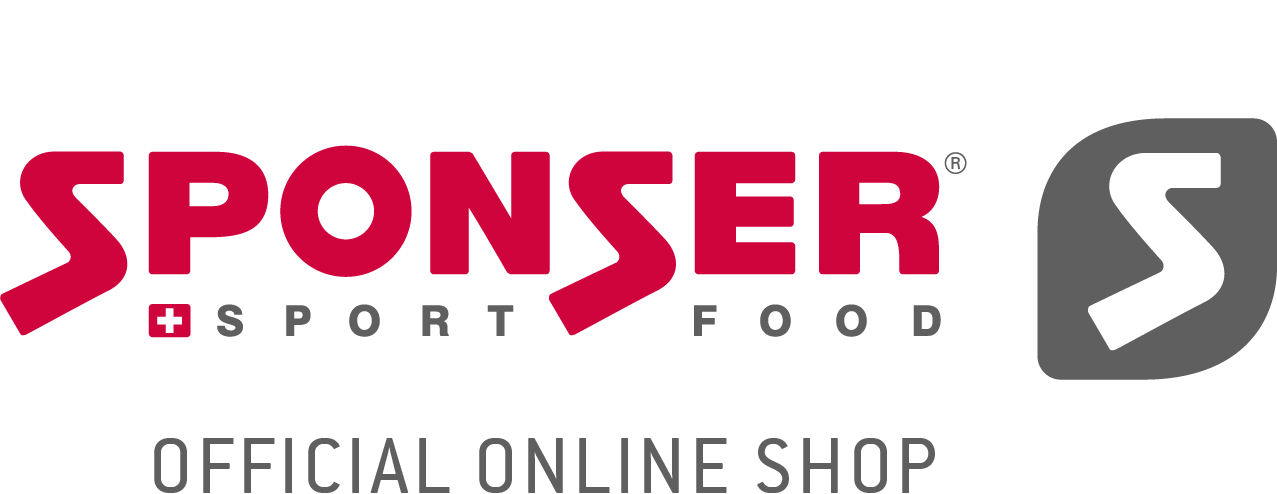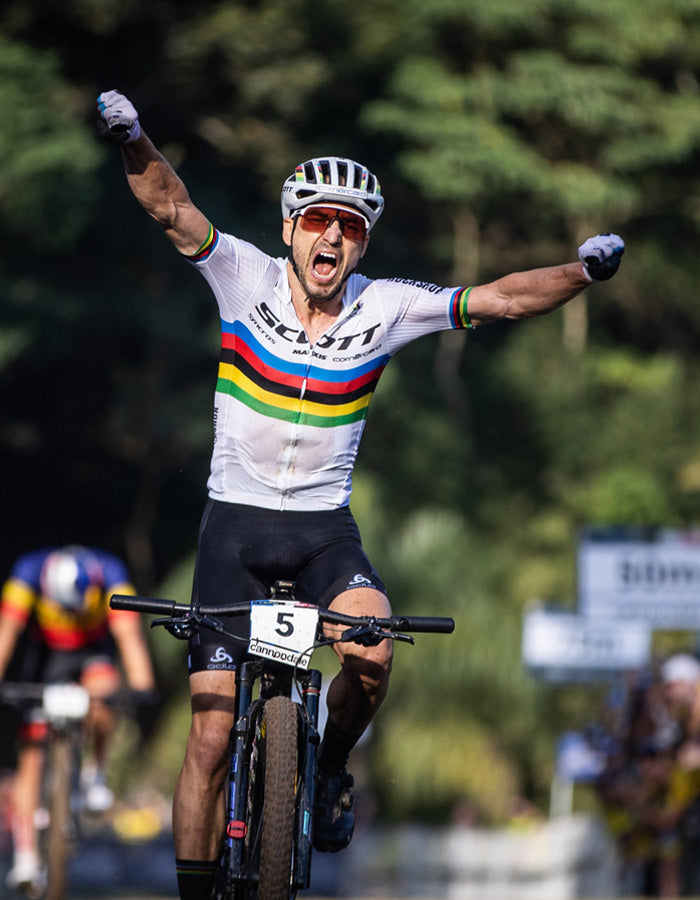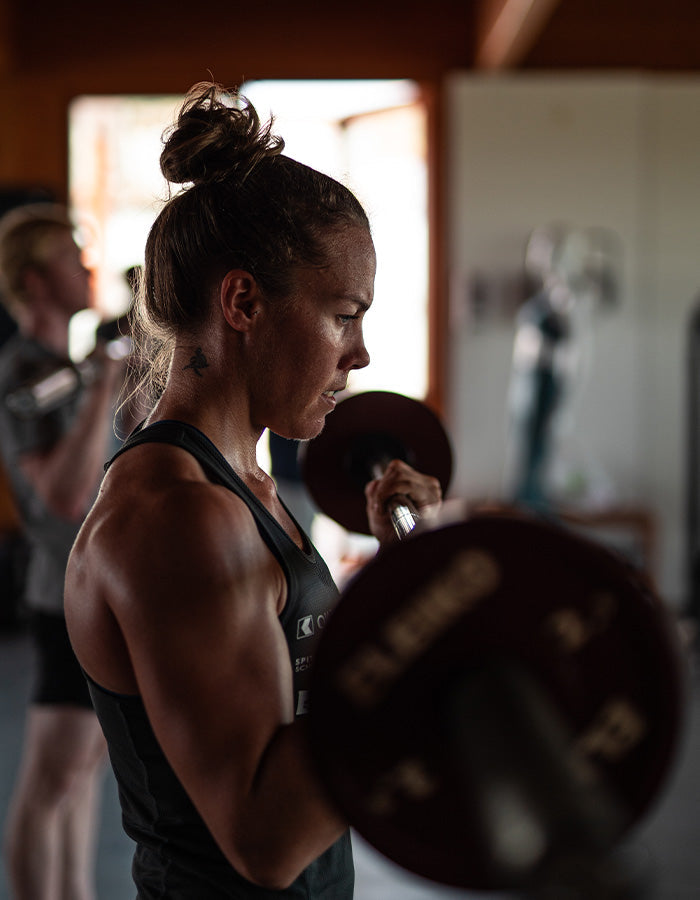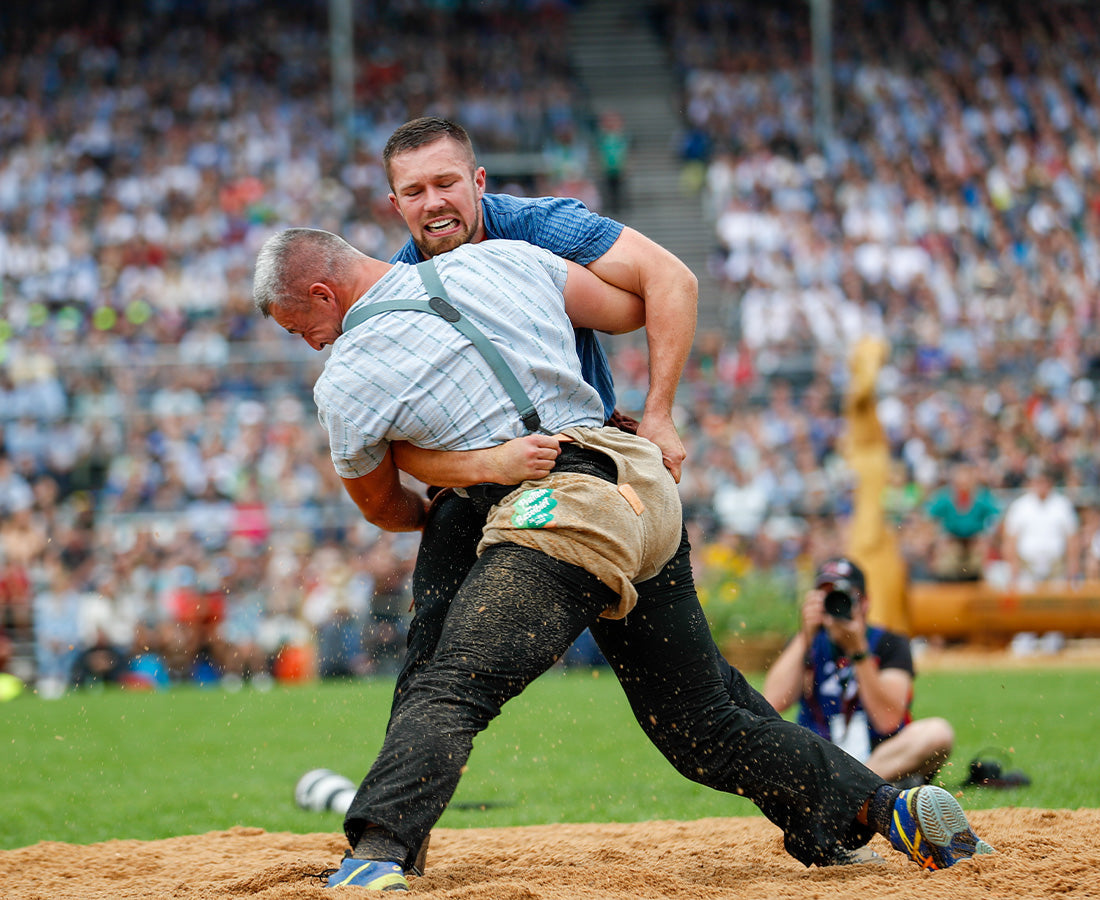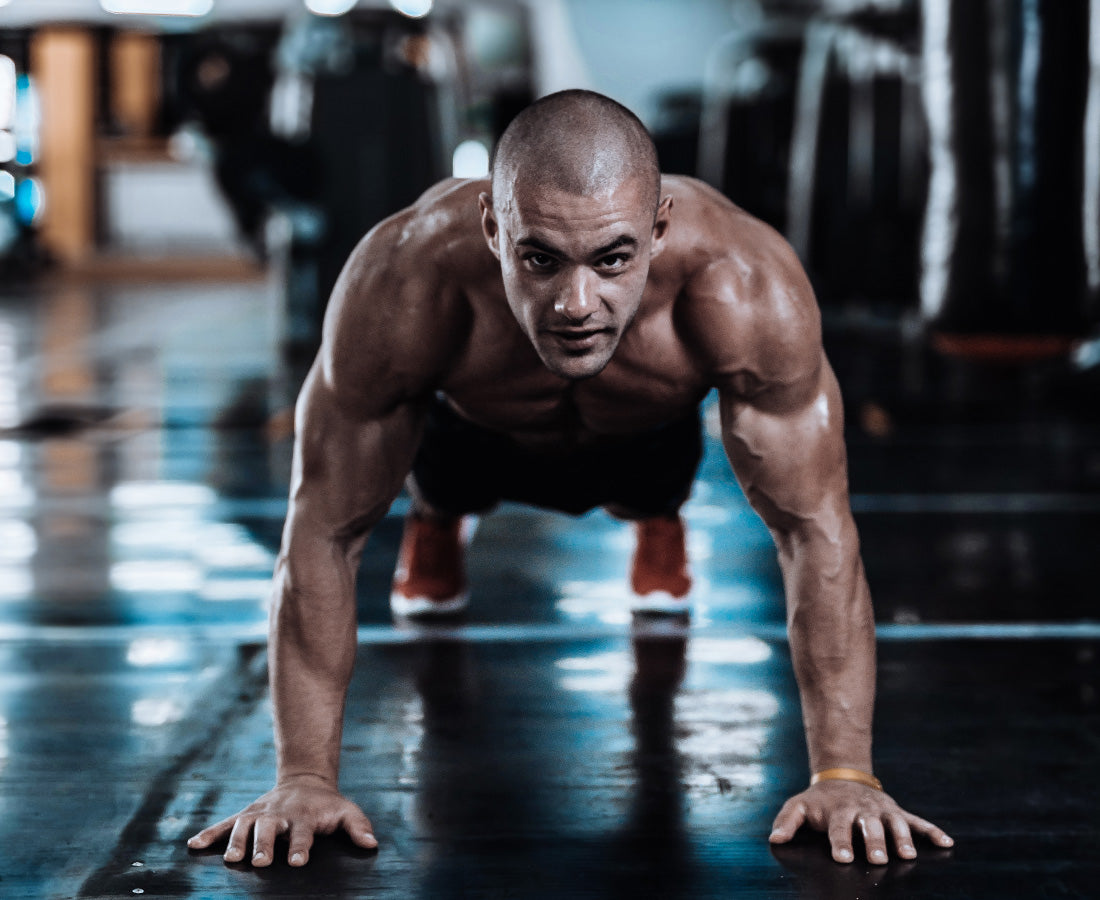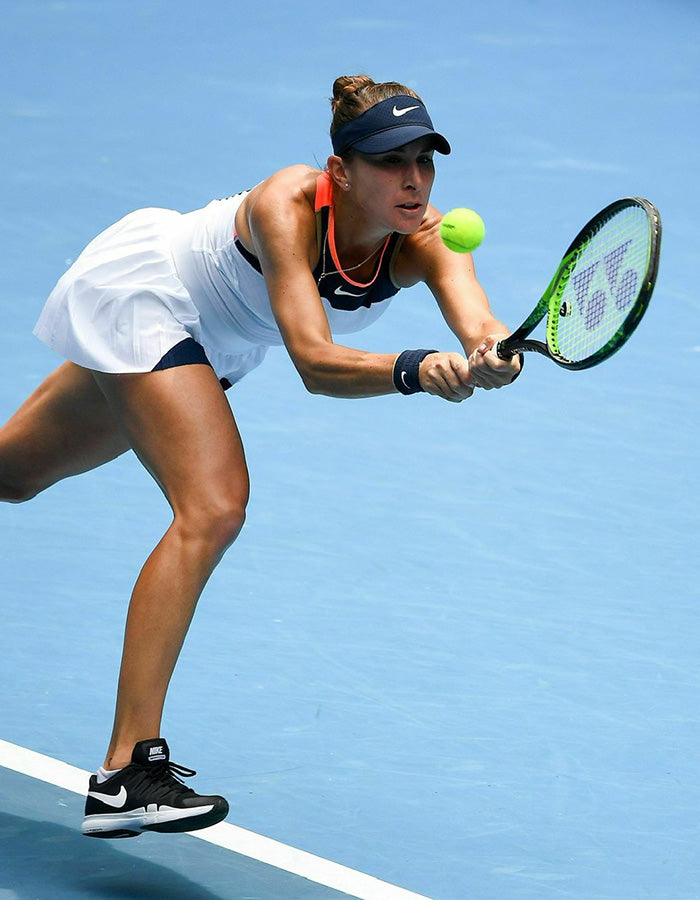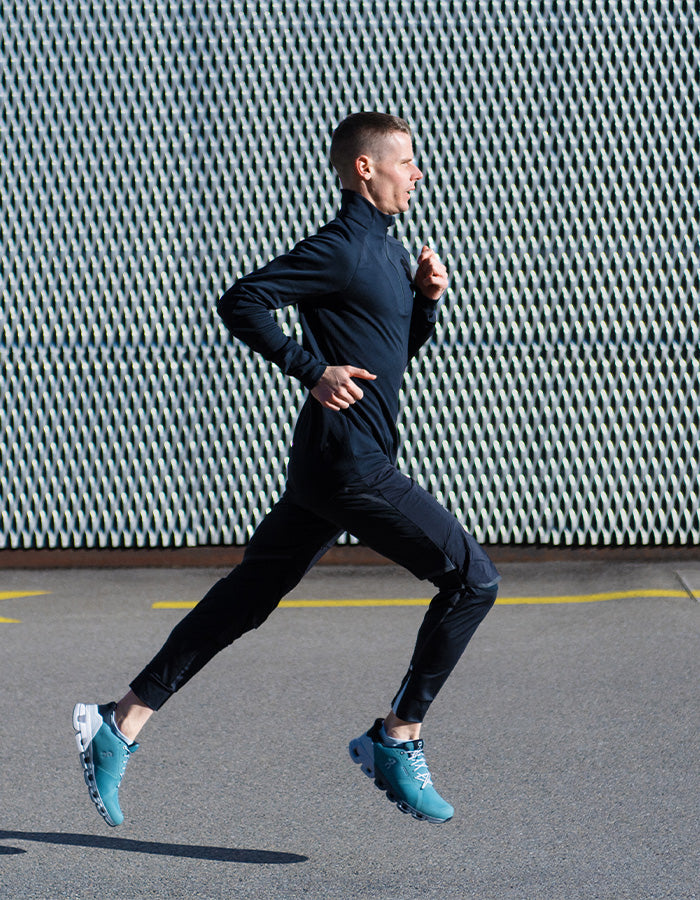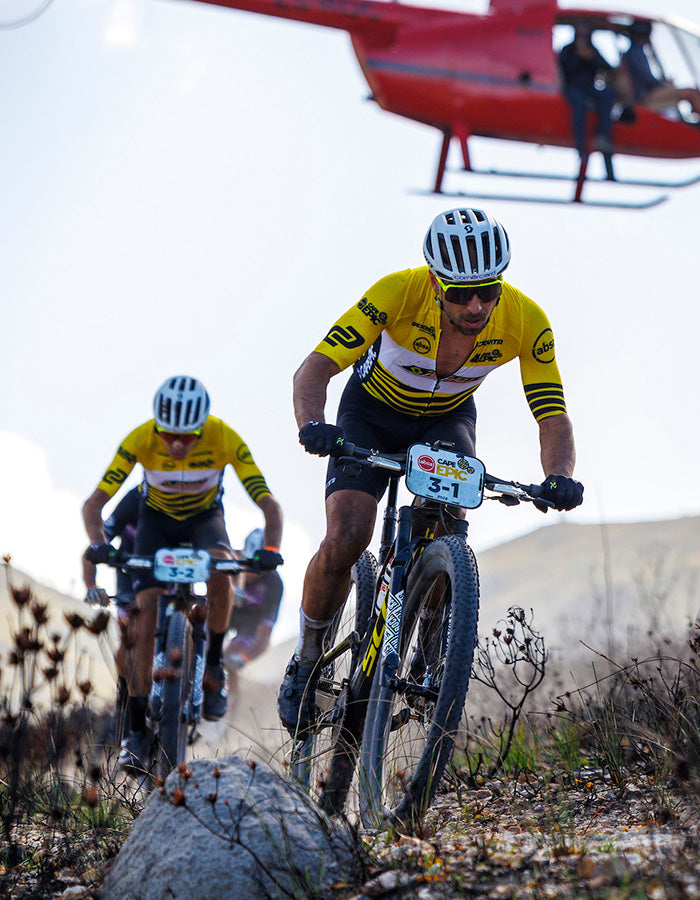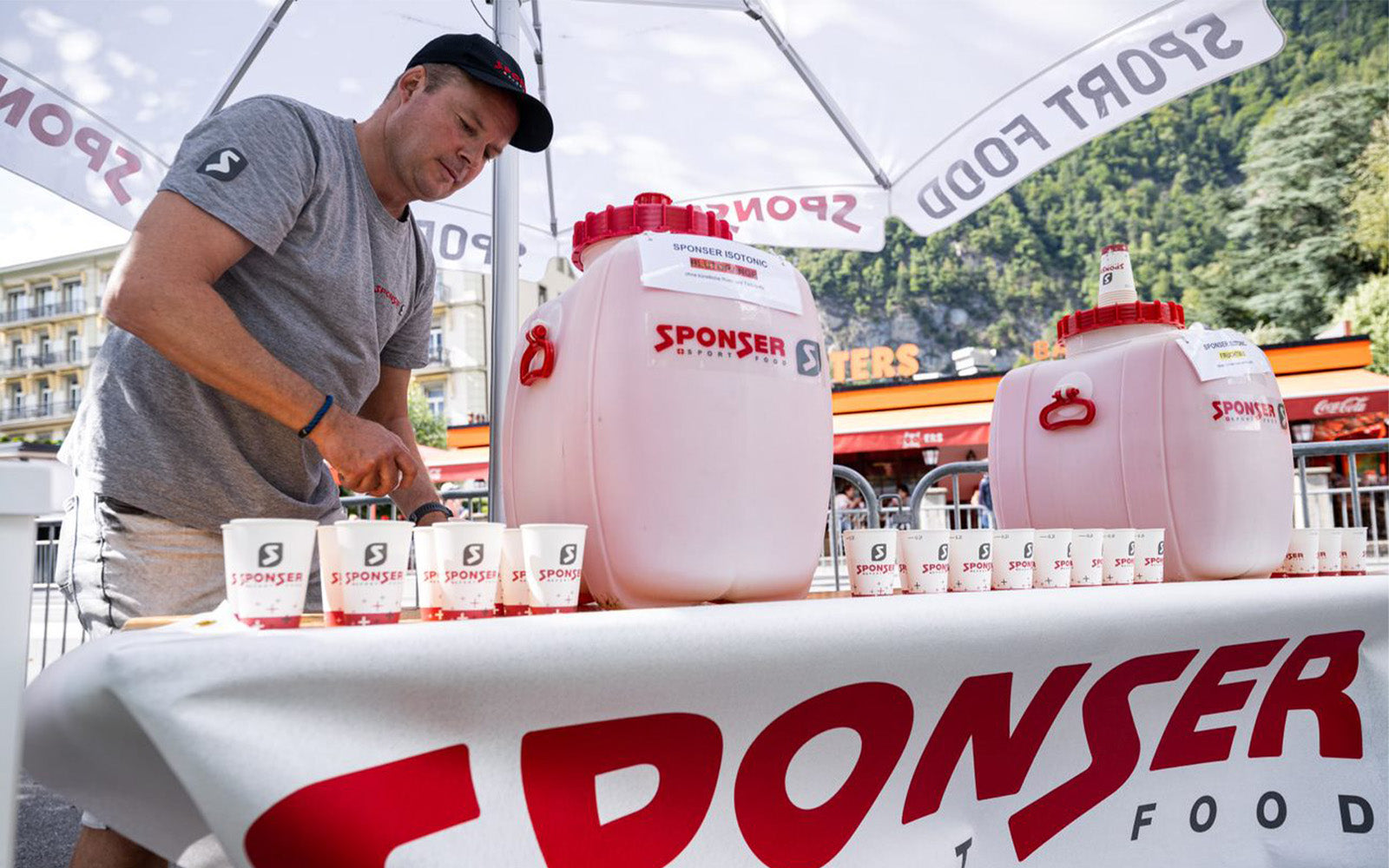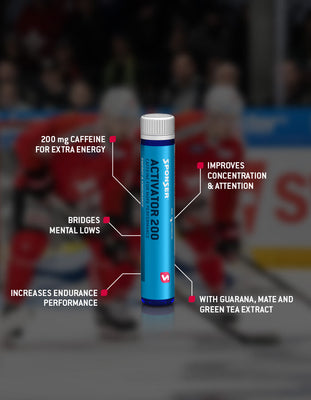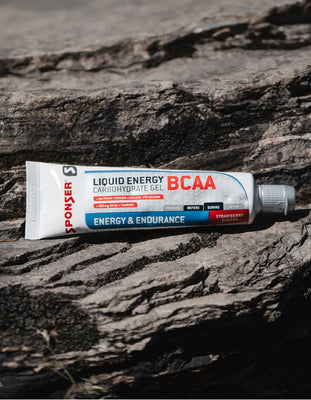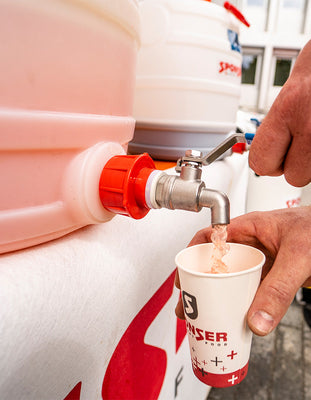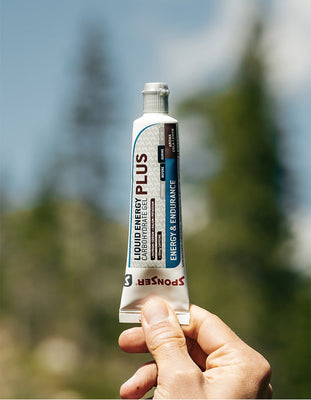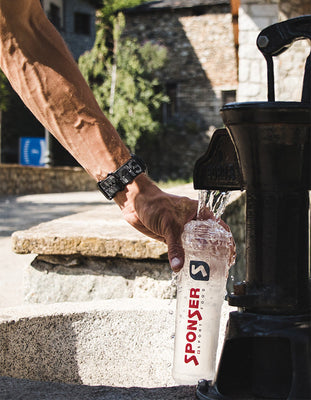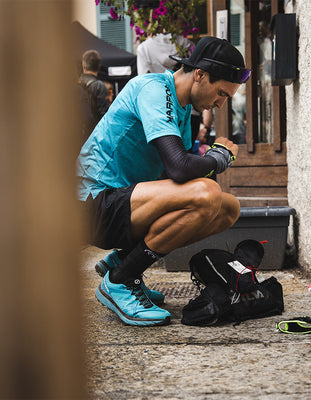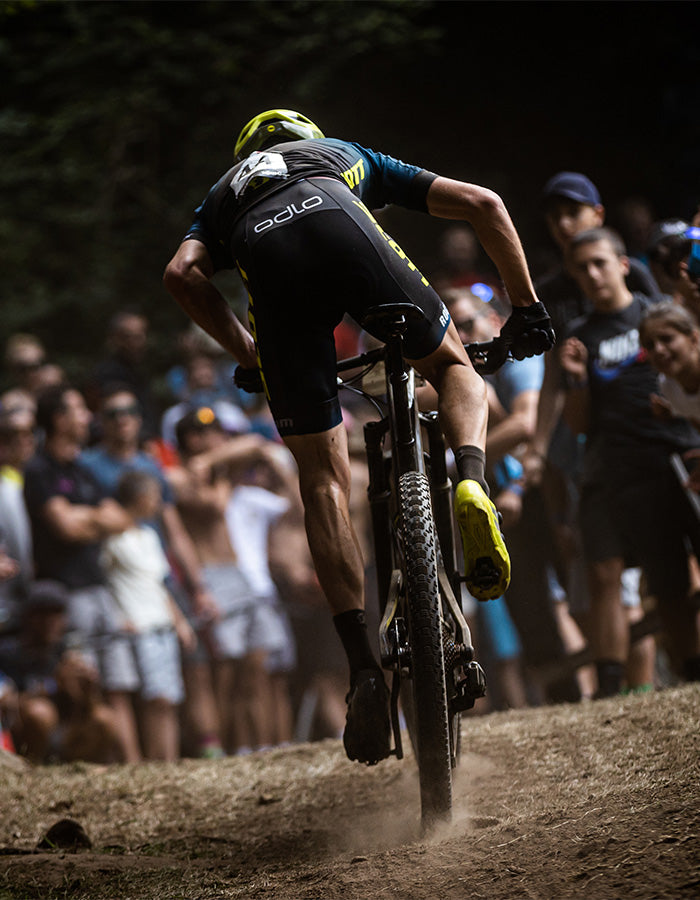
Photo credit: Michal Cerveny, SCOTT-SRAM MTB Racing Team
How to avoid muscle cramps during competition
Cramps can spoil any performance. They occur unexpectedly and literally paralyze a muscle or an entire muscle group. At many marathons you see athletes stretching their calves in the middle of the course with a painful face, or even asking spectators to help stretch the affected area. Muscle cramps are annoying and sometimes quite painful, but fortunately harmless. However, unfortunately you cannot fully protect yourself against cramps. But there are a few measures that athletes can take against uncontrolled muscle contractions.
During the months before competition: serious training
If you do not want to experience any surprise during long distance runs like marathons, you have to prepare your muscles in training and in the long term for the specific characteristics of a given competition event (up- and downhill running, various surfaces from asphalt to root trail). This means to study the course profile exactly and adjust the training accordingly.
In the days before competition: fluid and electrolytes
Fluid and energy deficits as well as electrolyte deficiencies (sodium, magnesium) are probably the main reasons why muscles become stiff during long-lasting physical activity. For this reason, it is recommended to ensure a sufficient supply of minerals before a competition. Mineral salt mixtures in the days and weeks before the competition help to fill the storages. Even salty food is not out of place during this time. In the morning of the race, get up early enough and drink about 1-1.5 litres of fluid, distributed evenly before/during/after breakfast (about 3-4 h pre-start). The electrolytes contained in sports drinks serve to transport fluids. SPONSER recommends the drinks
CARBO LOADER as well as the low-calorie beverage tabs
ELECTROLYTES during the days before the marathon start.
During competition: eating and drinking
The top priority in competition is to regularly take sports drinks and bouillon, as well as to profit from catering stations to eat and drink. However, still follow your feeling of thirst, and do not provoke a feeling of fullness in the stomach. Anyone who is on track significantly longer than two hours during a competition would do well to eat a few bites of solid food regularly - depending on individual tolerance and preference, for example a piece of banana, bar, bread, pretzel or similar. A small amount of solid food regularly during events lasting several hours supports intestinal activity, as opposed to purely liquid nutrition. However, with increasing intensity the main energy supply should come from sports drinks that are easy on the stomach, such as
COMPETITION,
LONG ENERGY or
ULTRA COMPETITION, also in combination with
LIQUID ENERGY GELS. In order to avoid any surprises during the race, you should download the catering plan of the event in advance and test the offered products during training under real-life conditions.
Secret weapon: MUSCLE RELAX
The secret weapon against muscle cramps from SPONSER is called
MUSCLE RELAX, an acidic-bitter solution which has a neuromuscular effect due to sensory stimuli and can help to release cramping muscles.
MUSCLE RELAX is based on a formula of vinegar, cucumber juice, quinine and magnesium and comes in a small bottle of 30 ml, which can easily be stored in a hip bag or running trousers as a «lifesaver». In order for the sensory stimuli to fully develop, the mouth should be rinsed with
MUSCLE RELAX for 10-15 seconds before the shot, which has been successfully proven in practice, is ideally even swallowed.
Related articles
on
» fluids
on
» muscle cramps
on
» race nutrition
shop
» energy & endurance
Author: Remo Jutzeler
Head R&D SPONSER SPORT FOOD
Ing. Applied Food Sciences UAS
MAS Nutrition & Health ETHZ
